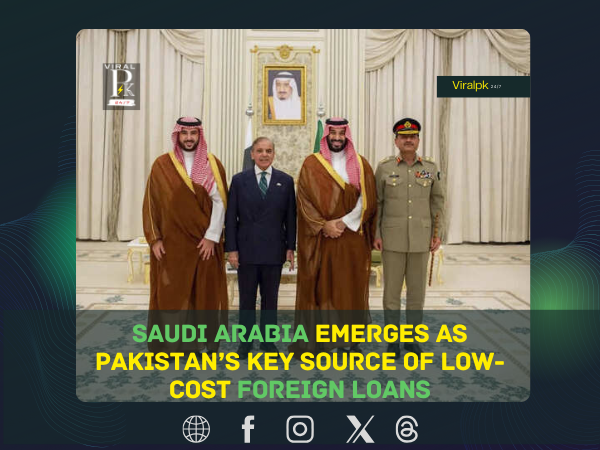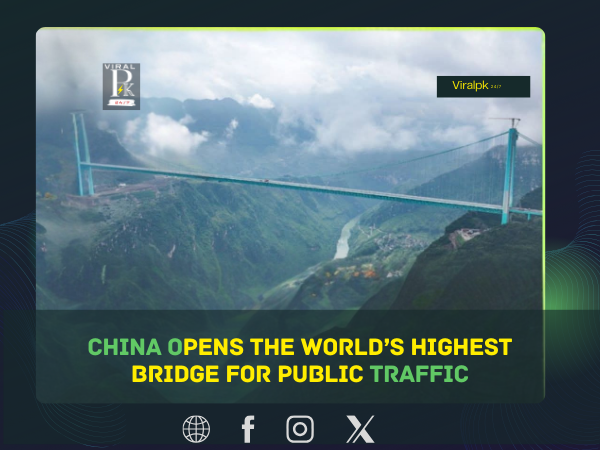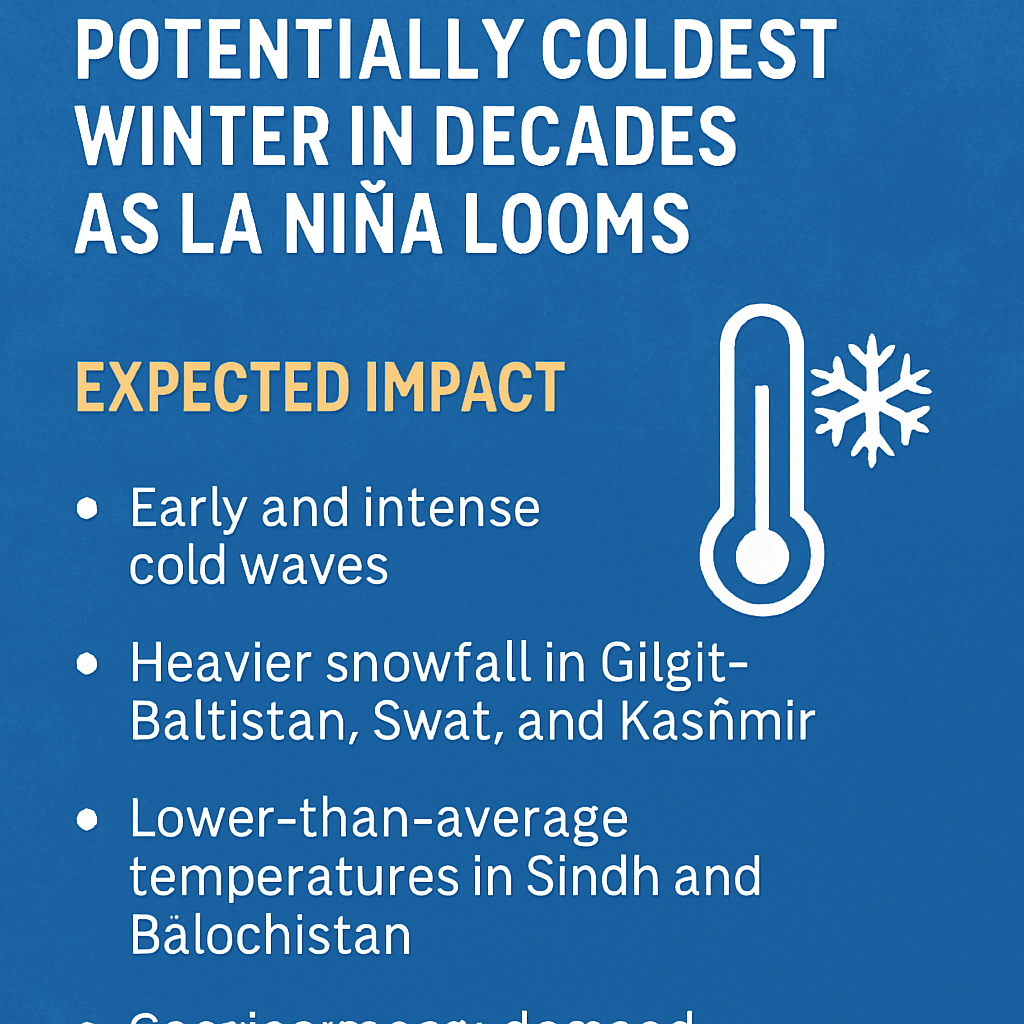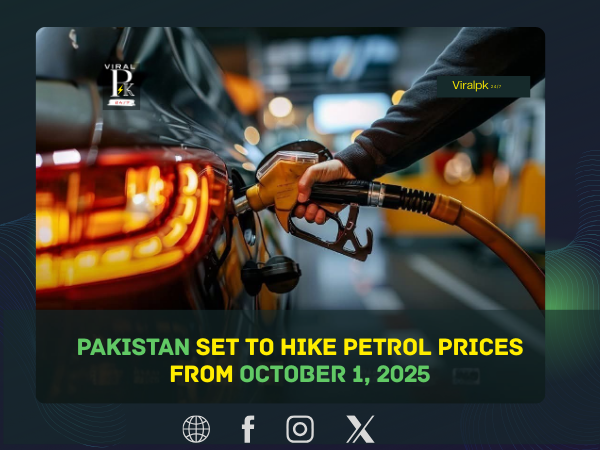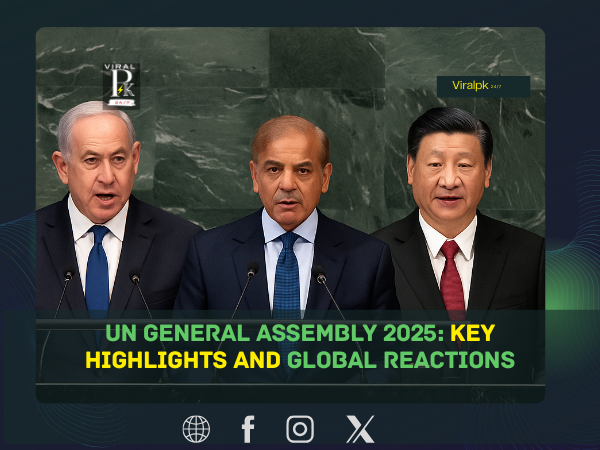September 21, 2025
Saudi Arabia continues to play a pivotal role in stabilizing Pakistan’s economy, offering low-interest loans that significantly undercut borrowing costs from other international sources. According to an Express Tribune report cited by the Economic Times, the Kingdom remains the major source of cheap foreign loans, charging an annual interest rate of just 4% on cash deposit facilities extended to Islamabad.
Saudi Loans: The Lifeline of Pakistan’s Reserves
- Riyadh has provided multiple cash deposits to Pakistan in recent years, each contracted initially for one year but rolled over annually without extra charges.
- These loans are nearly one-third cheaper than Chinese deposits and less than half the cost of foreign commercial borrowing.
- A USD 2 billion Saudi cash deposit is set to mature in December 2025, and another USD 3 billion facility is due in June 2026. Both are expected to be renewed to maintain Pakistan’s foreign exchange reserves.
Comparative Borrowing Costs
- Saudi Arabia: 4% interest on most deposits; oil facility at a flat 6%.
- China: Rates vary, with some facilities around 4.5% but others as high as 7.3%.
- UAE: Initial loans at 3% rose to 6.5% by 2024.
- Commercial Banks: Some loans, such as a USD 400 million Standard Chartered facility, reached 8.2% interest, while a United Bank Limited loan cost 7.2% despite partial guarantees.
These figures underscore the value of Saudi assistance in keeping Pakistan’s borrowing costs manageable compared to commercial or multilateral lenders.
IMF Conditions and Ongoing Reliance
Pakistan’s three-year IMF programme requires its key bilateral partners—Saudi Arabia, China, and the UAE—to maintain their cash deposits until completion. Together, these nations have supplied USD 12 billion in deposits, forming the majority of the central bank’s USD 14.3 billion in gross reserves.
However, the report notes that IMF backing alone is no longer sufficient to sustain Pakistan’s external financing. The central bank recently purchased over USD 8 billion from the local market to meet maturing debt obligations, highlighting continued dependence on bilateral and commercial credit.
Economic Outlook
While Saudi loans remain comparatively inexpensive, Pakistan still faces steep borrowing costs from other sources, reinforcing the need for structural economic reforms and diversified financing strategies. Economists warn that without long-term fiscal discipline and export growth, the country will remain vulnerable to global interest rate fluctuations and external shocks.
📌 Disclaimer: This article is for informational purposes only and picture generated by AI. Follow VIRAL PK 24/7 for more updates.
SEO Keywords: Saudi loans Pakistan, Pakistan foreign exchange reserves, IMF programme Pakistan 2025, low-interest Saudi deposits, Pakistan-China-UAE financing, Pakistan external debt

